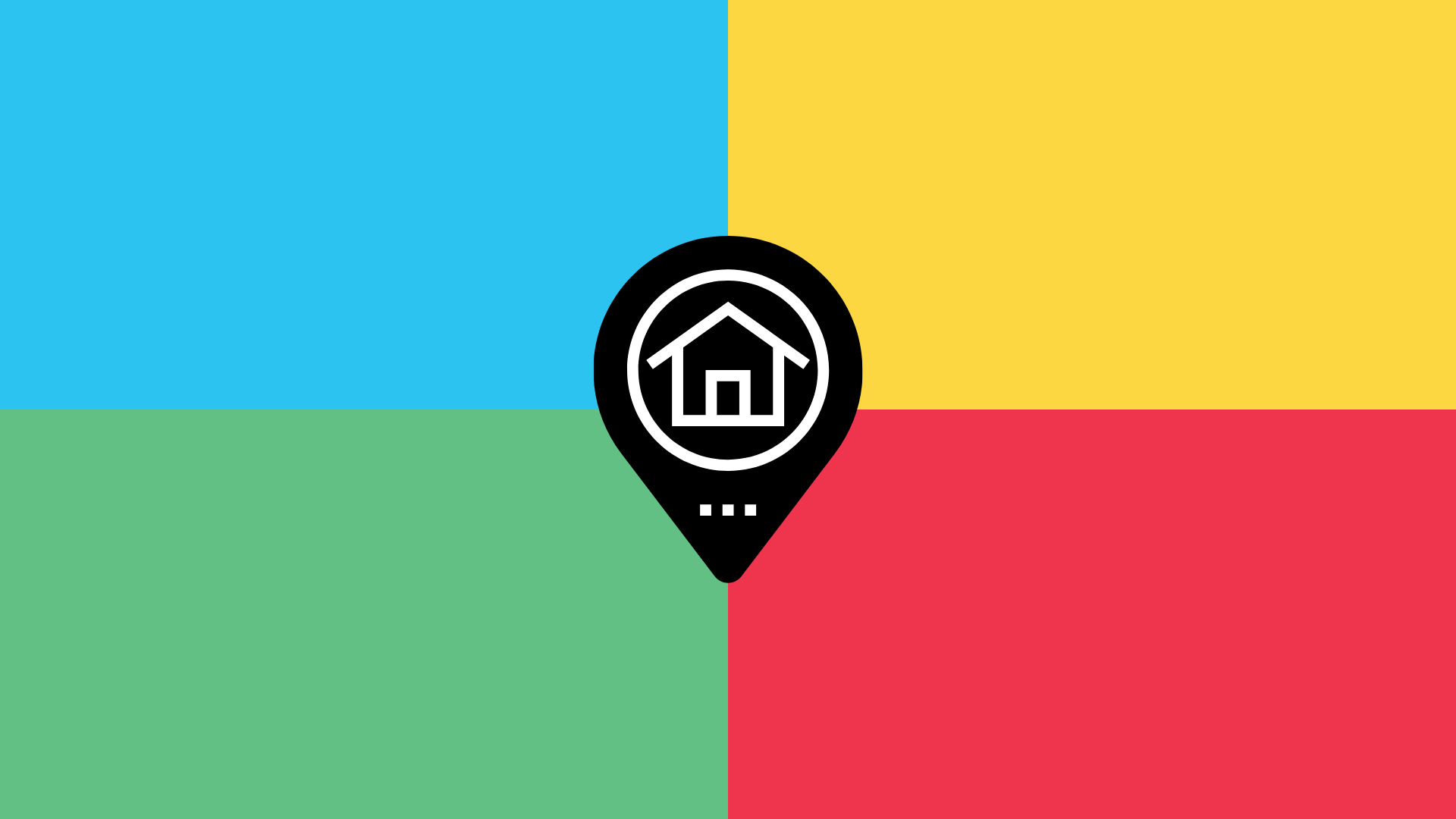This post was a contribution from Dorothy Roche, Product Experience Manager of Herrmann International.
I used to get up, get ready for the day, watch the news, and drive half an hour to the office. But about three years ago I found myself doing more and more from home. The rest of my team were in other locations in the country, so why was I spending all that time, petrol, and wear and tear on my cute little car?
So I created a mini-office in a corner of my spare bedroom. Now, I get up, get ready for the day, watch the morning news, and then trek all the way to the other end of the house and get to work.
And yes, I still take a shower, dress for the ‘office’, coif the hair, and put on makeup. It makes me feel like I’m really going to work. And we do a lot of Zoom meetings ‘face to face’, so I need to look like I’m alive.
You should probably know that my HBDI® thinking preferences are very strong in the B quadrant (planner, controlled, conservative, organisational, administrative), and, just as important, I have a low preference (actually an avoidance) for the C quadrant (talker, musical, spiritual, emotional, interpersonal).
The way I like to think about my preferences is that the B quadrant ‘stuff’ gives me energy, and the C quadrant ‘stuff’ takes extra energy.
We use lots of technology to keep communication going in our teams. And I was very accustomed to checking emails every few minutes. Then Slack came into my life, and it popped up on my screen every few seconds. And then there are the phone calls, and the text messages (from those who just can’t do Slack), and then we started getting Zoom pings/calls.
You get the idea.
Learning #1: Managing the Noise
I set aside a few moments, about every 60 to 90 minutes, to check my email. Slack channels get prioritised, and only the groups I’m really a part of get the constant nod of my attention. Other channels get a review about the same 60 to 90 minutes or so. And I’ve asked teammates to mention, or @me, in Slack if they need me. I keep the notifications to a dull roar, or I can’t get anything done.
Learning #2: Limiting the Silly Stuff
Slack-specific, it’s kind of fun to be on the ‘fun’ Slack channels. But for someone who has to expend energy to do the interpersonal (C quadrant) stuff, I had to drop out of those channels and just peek at them once in a while. I’d find myself getting frustrated by the ‘silly stuff’ notifications. Though I do like to think I have a sense of humor, the frivolous stuff can get to be too much.
Learning #3: Taking an Extra Second to Be Interpersonal
Because I have a low preference for interpersonal, C quadrant ‘stuff’ I try to compensate (OK, sometimes overcompensate). But when you are communicating in written word—and often short blurbs of the written word—you need to add in a friendly phrase or an encouragement. What’s the harm? It takes an extra 2 seconds, and a ‘Hope you are having a marvelous Monday’ isn’t a bad thing.
Learning #4: Remembering to Get Up
Working from home created this magnet in my chair, and my behind was stuck to it. I’d find I hadn’t gotten up in hours. So, I started drinking more water. It’s a double benefit. Everyone knows you should stay hydrated, and if you drink more water, you know you are going to have to get up and ‘go’.
Learning #5: Personalising the ‘Office’
I have the coolest warming burner on my stove. I absolutely love this thing! I’ve also decided that green tea (decaf) is good for me. So I brew a pot of tea in the morning before I go to my office, and then throughout the day, I fill up my pretty tea cup. The tea is the perfect temperature all day long, and the pretty cup just makes me feel better about my day. I like cups that have words of wisdom that encourage a positive outlook.
Learning #6: Finding the Right Work Companion
I thought a companion at my feet would be nice. Someone to keep me company and to help me get up and move. So I got a dog. Nope, not a dog, a border collie. What was I thinking? She had way too much energy for my tiny office corner. So if you think you need a companion, try a cat or—better yet, a goldfish.
Learning #7: Setting Appropriate Boundaries
What I found most interesting about working from home, is that friends and family members think that because you are home, you aren’t ‘really’ working. So I had to train my friends and elderly parents to say, ‘Can you talk?’ when they’d call at 9 in the morning just as my day was beginning. I mean, I didn’t want to be short or disrespectful, but hello! It’s 9am, and I am working! I’d love to hear about how the dog just chewed up their favorite slippers, but could that wait until 7pm? So I learned to either get them to ask me if I had time to talk, or if they’d forget, I’d say, “Is everything OK, and if it is, can I call you this evening?” It took a little while, but now they get it. I really do WORK at home.
Are you interested in learning more about Whole Brain® Thinking and how it can help you and your people in reaching their full potential while working from home? Get in touch with Herrmann.
This article was originally published on our US site. It has been updated and republished here to ensure our readers don’t miss out on valuable information.


